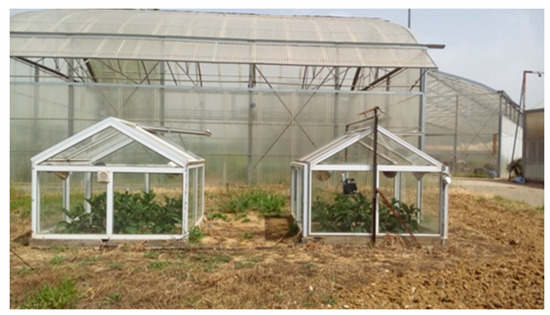Which "special values" are you referring to?I'm not rewriting physics, but look at your special values. You are just inventing some units, miscalculating others, and others are just downright backwards. That's quite a collection.
What "unit" did I just invent?
Which ones did I miscalculate?
Which values are backwards?
Please, be specific so we can address all these points.



